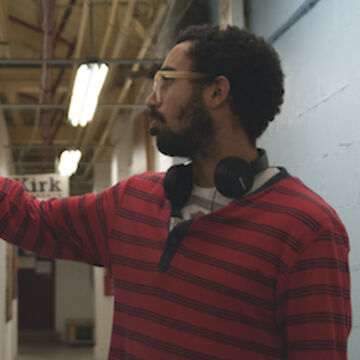

Alex Cohen
Lecturer
Contact
Bio
Alex Bradley Cohen (b. 1989) lives and works in Chicago, IL. Recent group exhibitions include: In Relation to Power: Politically Engaged Works from the Collection, Nasher Museum of Art at Duke University, Durham, NC; State of the Art 2020, Crystal Bridges Museum of American Art, Bentonville, AK; and Triple: Alex Bradley Cohen, Louis Fratino, and Tschabalala Self, University Art Museum at the University of Albany, NY. Other exhibitions include: The Luggage Store, San Francisco, CA; Mana Contemporary, Chicago, IL; Carrie Secrist Gallery, Chicago, IL, The Studio Museum of Harlem, New York, NY; The Art Institute of Chicago, Chicago, IL; Elmhurst Art Museum, Elmhurst, IL; Socrates Sculpture Park, Long Island City, NY; and The Craft and Folk Art Museum, Los Angeles, CA, among others. He is an alumnus of the Skowhegan School of Painting & Sculpture and was an artist-in-residence at the Ox-Bow School of Art.
Cohen’s work can be found in the public collections of the Crystal Bridges Museum of American Art and the Nasher Museum of Art at Duke University.